A drupe, often called a stone fruit, is a fruit with a soft, fleshy outside that wraps around a single hard shell in the center. That shell—can be a pit, stone, or a hardened endocarp that protects a seed (or kernel) inside.
Examples of Drupes
Drupes can be grouped into three main categories:
- Classic stone fruits
- Certain aggregate fruits (made up of small drupelets)
- Other unique examples
Let’s take a closer look at each group.
I. Stone Fruits and Aggregate Fruits
Below are some of the most common stone fruits that qualify as drupes. If you’d like to learn more about why each fruit falls into this category, check out this dedicated post. The post also explains the three aggregate fruits made up of tiny drupelets.
1. Peach
2. Plum
3. Cherry
4. Apricot
5. Nectarine
6. Mango
7. Olive
8. Date
9. Coconut
10. Lychee
11. Longan
12. Rambutan
13. Damson
14. Sloe (Blackthorn Fruit)
15. Hackberry
16. Jujube
17. Almond
18. Pluots, Plumcots, and Apriums
19. Cristobalina
20. Craig’s Crimson
21. Raspberries
22. Blackberries
23. Mulberries
II. Other Examples of Drupes
24. Loquats

Loquats are small, golden-orange fruits that grow in clusters on evergreen trees. Their juicy, tangy-sweet flesh makes them refreshing to eat fresh or in jams. As drupes, loquats have a fleshy outer layer surrounding large, shiny brown seeds inside. Some fruits contain one seed, while others may hold several, which is what classifies them as part of the drupe family.
25. Coffee Berries
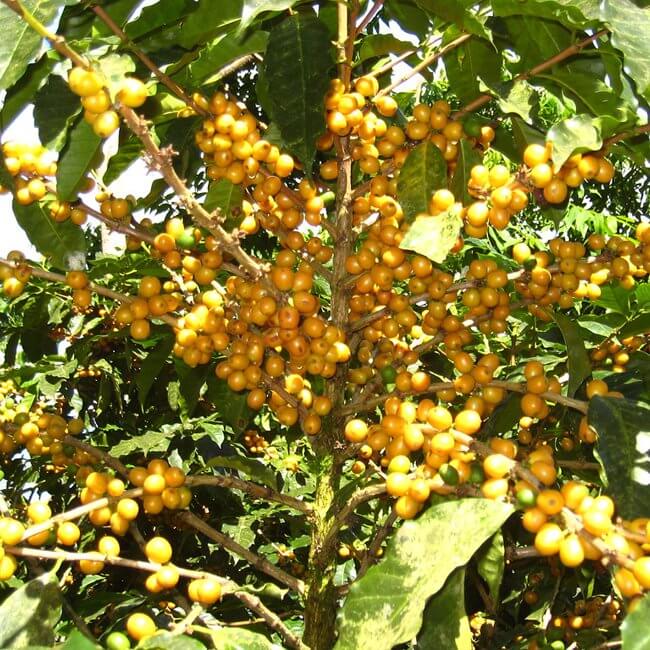
Coffee berries, often called coffee cherries, are the fruits that give us coffee beans. The fruit starts green and ripens to a bright red. Like other drupes, they have a fleshy outer layer and a hard inner stone that holds the seeds—what we know as coffee beans.
26. Acai Berries
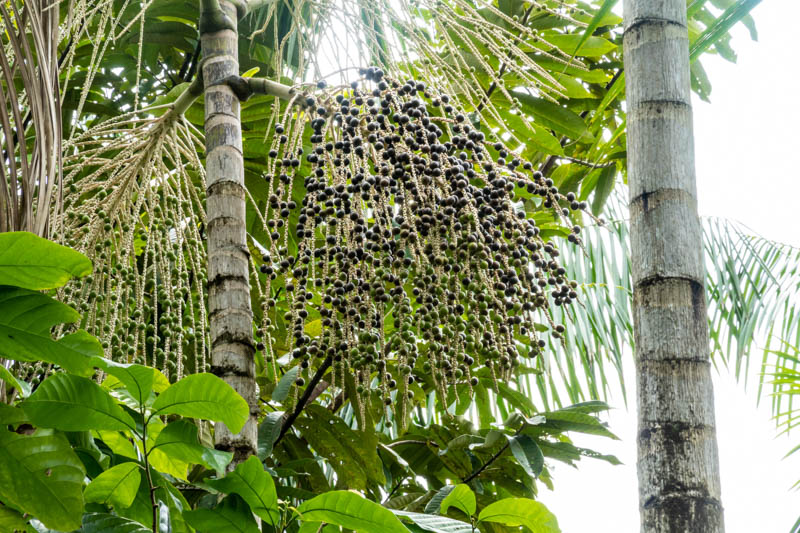
Acai berries grow on tall palms in the Amazon and are famous for their deep purple color. These small fruits are highly nutritious and have long been a staple for local communities. Botanically, acai is a drupe because it has a thin skin, a pulpy layer, and a hard pit protecting the seed inside. What we eat is mostly the flesh around the stone.
27. Pistachio
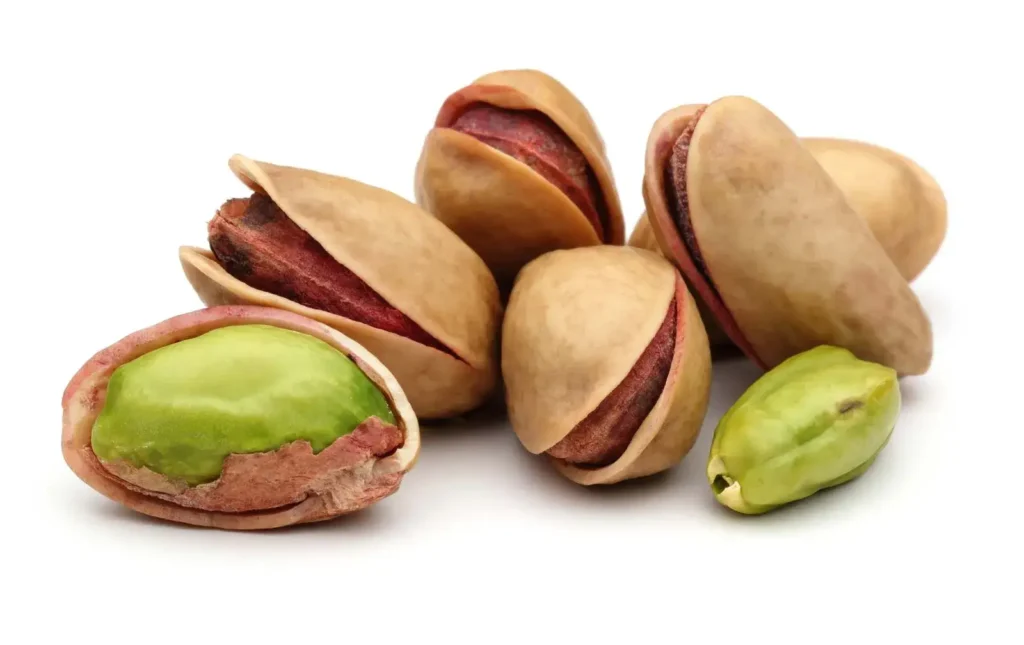
The pistachio may be known as a nut, but botanically it’s a drupe. The edible part is actually the seed inside the shell, while the outer fleshy covering is removed before eating. Like other drupes, pistachios have a stony shell that protects the seed. When ripe, the shell naturally splits open, revealing the greenish seed with its distinct sweet, earthy flavor.
28. White Sapote
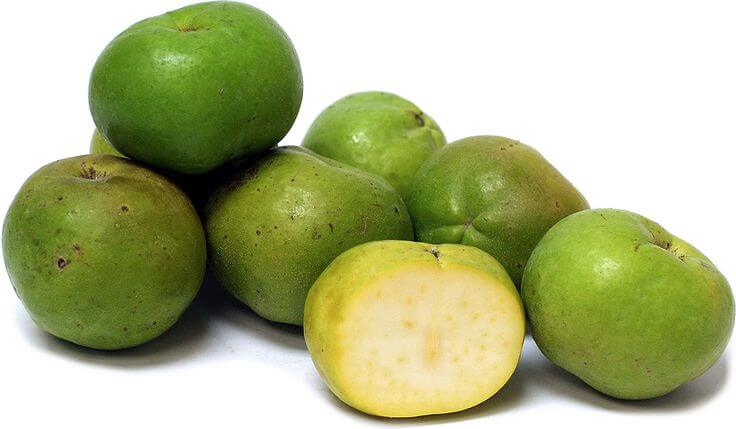
White sapote is a soft, creamy fruit native to Central America, sometimes called the “Mexican apple.” Its sweet, custard-like flesh carries hints of peach and banana, making it a delightful tropical treat. Classified as a drupe, it has a smooth skin and fleshy inside surrounding one or more large seeds. This structure places it firmly in the drupe fruit family.
29. Cashew
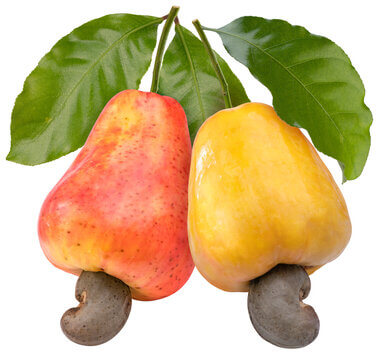
Cashews are unusual because what we eat as the “nut” is actually the seed inside a drupe. The cashew tree produces two parts: the fleshy cashew apple and the kidney-shaped drupe attached beneath it. The drupe has a hard shell containing the edible seed, making it part of the drupe category. The apple is juicy, but the seed is the real prize.
30. Pecan
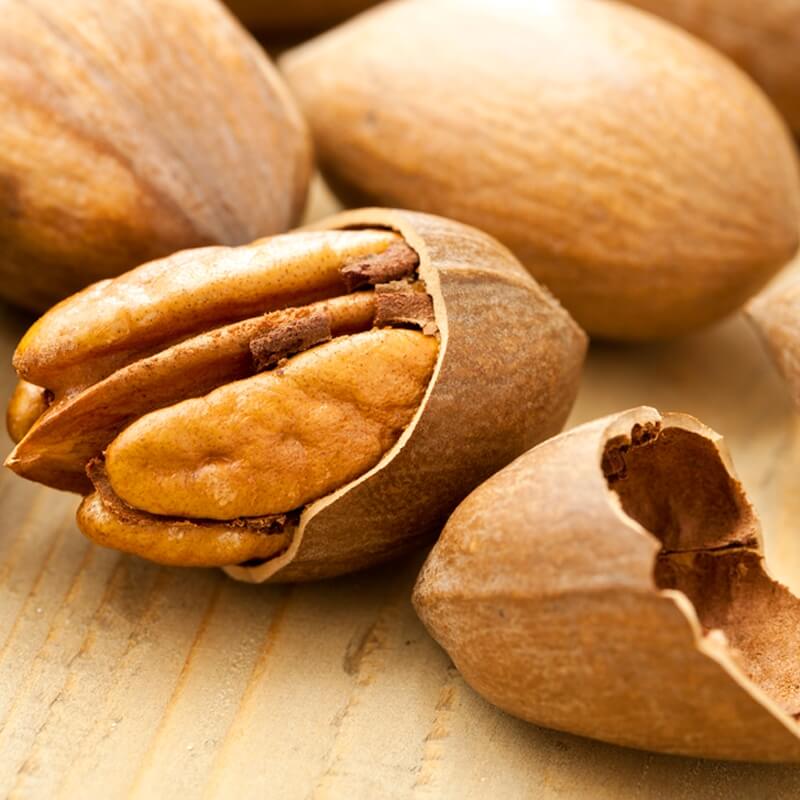
Pecans are another example of a drupe often mistaken for a nut. The outer husk surrounds a tough shell, which holds the edible seed inside. This layered structure—fleshy outside, hard inner stone, and seed—makes it a classic drupe. Pecans are well-loved for their buttery taste and are used in pies, snacks, and many dishes.
31. Amla
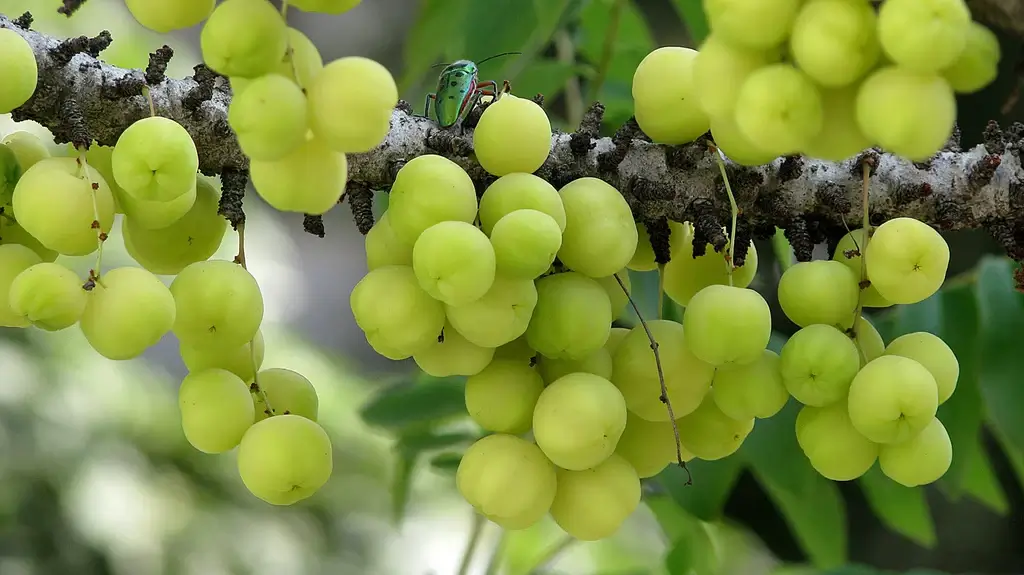
Amla, also called Indian gooseberry, is a small green fruit valued in Ayurveda for its health benefits. Rich in vitamin C and antioxidants, it’s eaten fresh, dried, or made into powders and tonics. Botanically, Amla is a drupe because beneath its thin skin and fleshy pulp lies a hard stone that encloses the seed, fitting the classic drupe structure.
32. Ivy (Hedera helix)
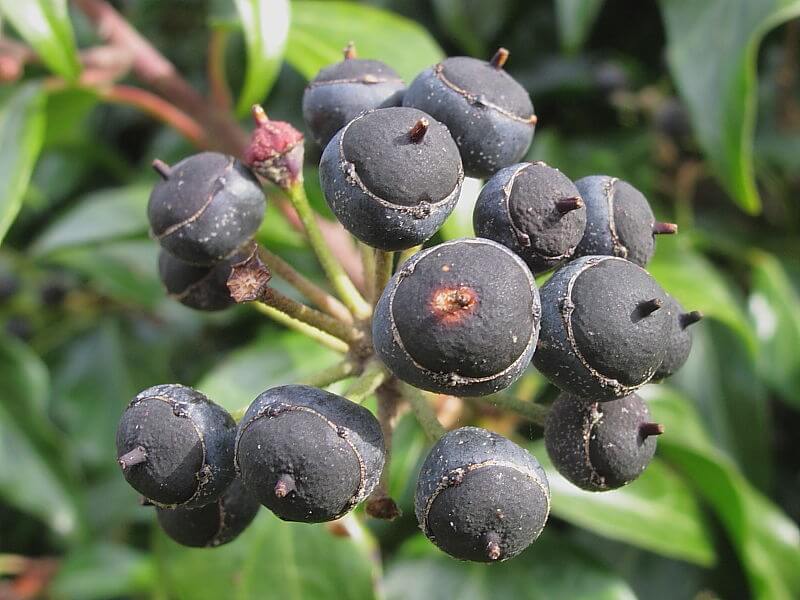
Common ivy produces small, round berries that ripen to shades of purple-black or orange-yellow in winter. Though not usually edible, they are an important food for birds. Each berry is a drupe, with a fleshy outer part surrounding one to five seeds inside a hard shell.
Discover Other Fruit Category Examples:
- Examples of Dehiscent Fruits
- Examples of Schizocarp Fruits
- Examples of Sorosis Fruits
- Examples of Accessory Fruits
- Examples of Follicle Fruits
- Examples of Stone Fruits
- Examples of Pome Fruits
- Examples of Capsule Fruits
- Examples of Multiple Fruits
- Examples of Aggregate Fruits
- Examples of Achene Fruits
- Examples of Fleshy Fruits
